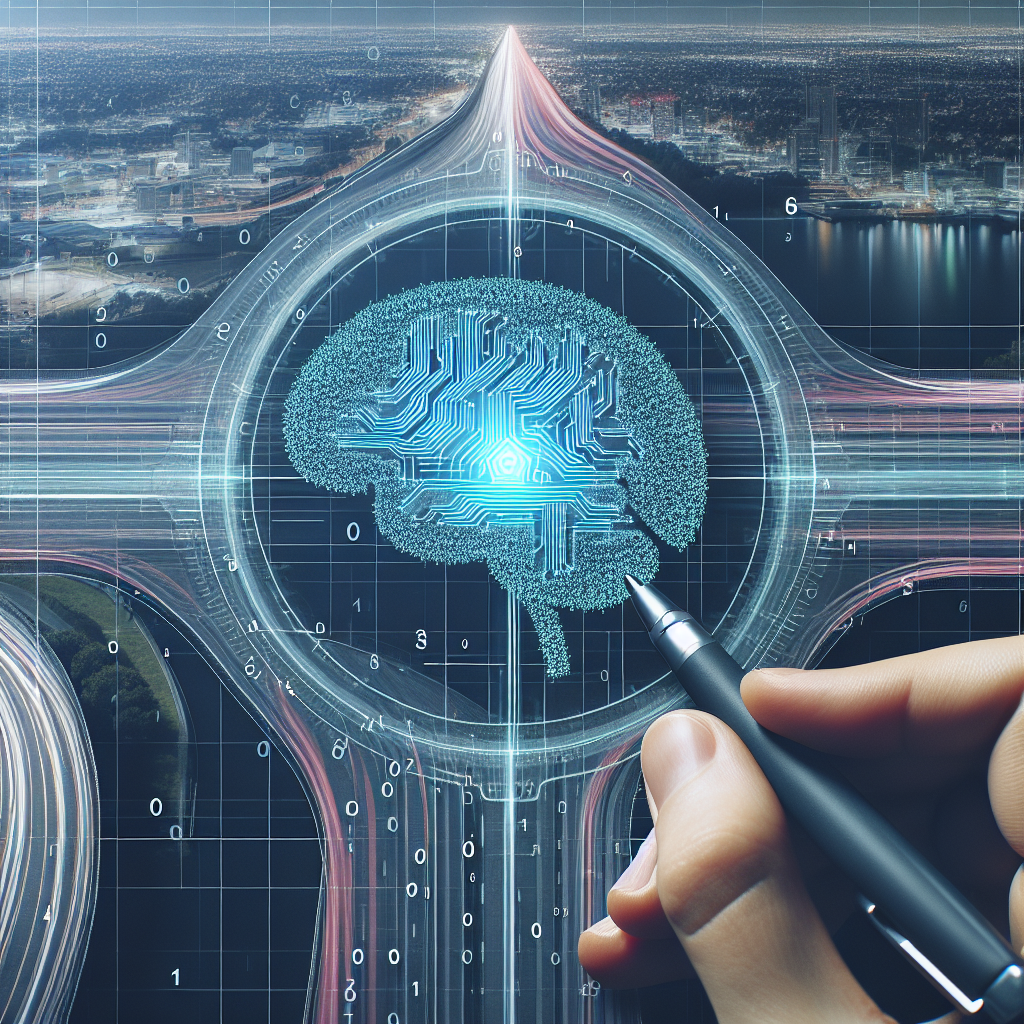AI-Powered Demand Sensing: Improving Forecasting Accuracy in Transportation
In the world of transportation and logistics, accurate demand forecasting is crucial for optimizing operations and maximizing efficiency. Traditional forecasting methods often fall short due to their reliance on historical data and manual processes, which can lead to inaccuracies and inefficiencies. However, AI-powered demand sensing is revolutionizing the way companies predict demand and plan for the future.
What is AI-Powered Demand Sensing?
AI-powered demand sensing is a cutting-edge technology that leverages artificial intelligence and machine learning algorithms to analyze real-time data and predict future demand with a high degree of accuracy. By analyzing a wide range of data sources, such as sales data, weather patterns, social media trends, and market conditions, AI-powered demand sensing can provide transportation companies with valuable insights into consumer behavior and market trends.
How Does AI-Powered Demand Sensing Work?
AI-powered demand sensing works by collecting and analyzing large volumes of data in real-time to identify patterns and trends that can help predict future demand. By using advanced machine learning algorithms, AI-powered demand sensing can continuously learn and improve its forecasting accuracy over time.
One key advantage of AI-powered demand sensing is its ability to adapt to changing market conditions and consumer behavior. Traditional forecasting methods often struggle to keep up with rapidly evolving trends and unexpected events, such as changes in consumer preferences or disruptions in the supply chain. AI-powered demand sensing can quickly adjust its predictions based on new data, helping transportation companies stay ahead of the curve and make informed decisions.
Benefits of AI-Powered Demand Sensing in Transportation
There are several benefits of using AI-powered demand sensing in transportation, including:
1. Improved Forecasting Accuracy: AI-powered demand sensing can provide transportation companies with more accurate and reliable demand forecasts, helping them optimize inventory levels, reduce stockouts, and minimize excess inventory.
2. Enhanced Operational Efficiency: By accurately predicting demand, transportation companies can better plan their routes, allocate resources, and optimize their supply chain operations, leading to cost savings and improved efficiency.
3. Better Customer Service: AI-powered demand sensing can help transportation companies anticipate customer demand and proactively address potential issues, such as delays or stockouts, before they occur, leading to higher customer satisfaction and loyalty.
4. Increased Competitiveness: By leveraging AI-powered demand sensing, transportation companies can gain a competitive edge in the market by offering more reliable and efficient services to their customers.
FAQs
Q: How accurate is AI-powered demand sensing compared to traditional forecasting methods?
A: AI-powered demand sensing has been shown to significantly outperform traditional forecasting methods in terms of accuracy and reliability. By analyzing real-time data and leveraging advanced machine learning algorithms, AI-powered demand sensing can provide transportation companies with more precise demand forecasts that reflect current market conditions and consumer behavior.
Q: What data sources are used in AI-powered demand sensing?
A: AI-powered demand sensing can analyze a wide range of data sources, including sales data, weather patterns, social media trends, and market conditions. By combining and analyzing these diverse data sources, AI-powered demand sensing can provide transportation companies with a comprehensive view of consumer behavior and market trends.
Q: How can transportation companies implement AI-powered demand sensing in their operations?
A: Implementing AI-powered demand sensing in transportation operations involves integrating AI technology into existing forecasting systems and workflows. Transportation companies can work with AI solution providers to develop customized demand sensing models that are tailored to their specific needs and requirements.
Q: What are the potential challenges of implementing AI-powered demand sensing?
A: While AI-powered demand sensing offers significant benefits, there are some potential challenges to consider, such as data privacy concerns, integration issues, and the need for specialized expertise. Transportation companies should carefully evaluate these challenges and work with experienced AI solution providers to ensure a successful implementation.
In conclusion, AI-powered demand sensing is transforming the way transportation companies forecast demand and plan for the future. By leveraging advanced artificial intelligence and machine learning algorithms, transportation companies can improve forecasting accuracy, enhance operational efficiency, and gain a competitive edge in the market. With the right technology and expertise, AI-powered demand sensing has the potential to revolutionize the transportation industry and drive significant business growth.

